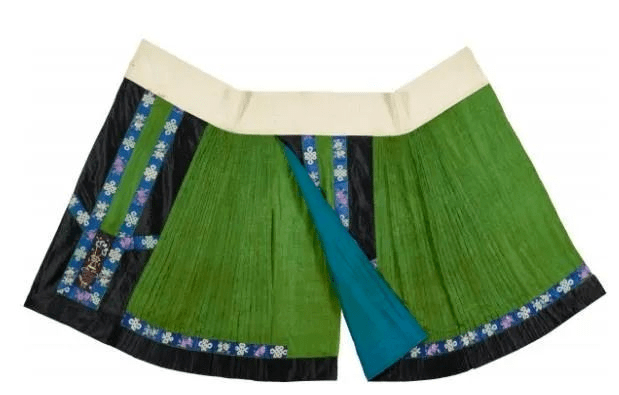QING DYNASTIES
- HanfuSupplier
- Mar 21, 2024
- 1 min read
Updated: Mar 27, 2024
During the Qing Dynasty, Horse-face skirts underwent notable transformations in design and style, reflecting the era's diverse cultural influences and evolving fashion trends. The Manchu rulers introduced new styles and modifications to the traditional Han horse skirts, favoring straighter cuts and less flared designs than those of the Ming era. This shift aimed to prioritize practicality and modesty, aligning with the cultural norms and values of the Manchu rulers.
Material and Craftsmanship:
Silk remained highly esteemed, yet it was frequently blended with other fabrics such as cotton or wool, rendering the skirts more attainable across various social classes. The quality of these blended fabrics significantly impacted the garment's durability and aesthetic appeal.
Color and Design:
The color palette adopted a more muted tone, embracing pastel hues and minimalistic patterns as the new trend. While traditional motifs such as dragons and phoenixes persisted in popularity, they were depicted with less intricate details and embellishments.







Comments